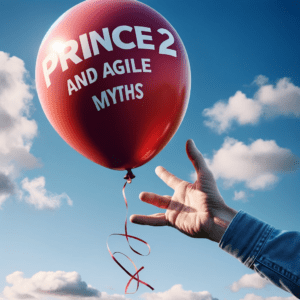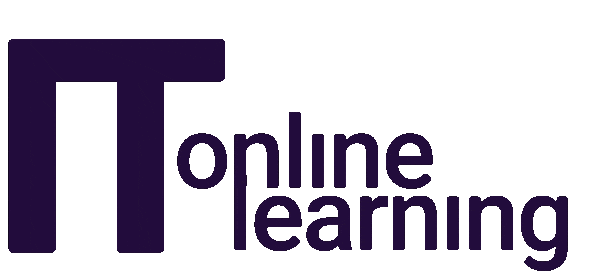Agile Project Management (AgilePM) has been a trusted framework since its launch in 2010, helping teams deliver projects with the right balance of structure and flexibility. Over the years, AgilePM has evolved to meet modern challenges, culminating in the release of AgilePM3.
If you’re familiar with AgilePM v2, here’s a detailed look at the changes in v3 – and why they matter.
1. Refinement of Agile Principles
AgilePM3 doubles down on customer-centricity and continuous stakeholder engagement. While v2 encouraged stakeholder involvement, v3 goes further, providing practical strategies to ensure engagement throughout the project lifecycle. This approach reflects today’s customer-first business landscape, where active collaboration drives better results.
2. Enhanced Governance for Complex Projects
As Agile scales to larger projects, governance becomes critical. AgilePM3 introduces an expanded governance framework to support multi-team projects without sacrificing agility. Organisations now have clearer guidance on integrating governance into Agile workflows, making it easier to scale effectively.
3. Focus on Delivering Value Over Products
AgilePM3 emphasises delivering tangible business value, rather than just focusing on product delivery. This ensures teams consistently align their work with organisational goals, making the framework even more relevant for today’s fast-paced, outcome-driven environments.
4. Integration with Scrum and Hybrid Approaches
For the first time, AgilePM3 aligns with the Scrum Guide 2020, introducing Scrum roles (like Product Owner and Scrum Master), sprints, and backlogs into its framework. This makes AgilePM3 more adaptable for hybrid methodologies, such as PRINCE2 Agile or Lean, offering flexibility to diverse project teams.
5. Updated Project Lifecycle
AgilePM’s lifecycle phases have been updated in v3 to incorporate both DSDM (Dynamic Systems Development Method) and Scrum principles.
| AgilePM v2 Lifecycle | AgilePM3 Lifecycle |
| 1. Pre-project | 1. Pre-project |
| 2. Feasibility | 2. Feasibility |
| 3. Foundations | 3. Foundations |
| 4. Evolutionary Development | 4. Development |
| 5. Deployment | 5. Deployment |
| 6. Post-Project | 6. Realisation |
While the number of phases remains the same, the terminology and approach have been modernised to align with today’s Agile practices.
6. Enhanced Tools and Techniques
AgilePM3 upgrades its tools for risk assessment and management. The Project Approach Questionnaire (PAQ) now includes detailed explanations and suggested actions, making it a more practical tool for assessing risks early in the project.
7. Simplified Reference Materials
The AgilePM Reference Book (previously called the Handbook) has been streamlined for usability:
This leaner design makes the material more accessible while retaining its depth.
8. Terminology Updates
AgilePM3 introduces terminology updates to align with modern Agile practices:
9. Certification and Training Updates
AgilePM3 includes notable changes to its certification process:
10. Designed for VUCA Environments
AgilePM3 is tailored to tackle the challenges of Volatility, Uncertainty, Complexity, and Ambiguity (VUCA). It equips teams with strategies for navigating today’s rapidly changing landscapes, making it particularly valuable for industries facing constant disruption.
11. A Human-Centred Approach
AgilePM3 embraces a human-centred philosophy, emphasising:
Key Changes at a Glance
| Aspect | AgilePM v2 | AgilePM3 |
| Principles | Stakeholder involvement emphasised | Practical strategies for engagement |
| Governance | Limited scalability guidance | Multi-team project strategies included |
| Focus | Product delivery | Business value delivery |
| Integration | No Scrum focus | Aligned with Scrum practices |
| Risk Management | Basic tools | Advanced tools and PAQ updates |
| Reference Book | 241 pages, 24 chapters | 147 pages, 12 chapters |
| Certification | 50% pass mark | Higher pass mark (Foundation: 60%) |
Why Upgrade to AgilePM3?
AgilePM3 isn’t just an update – it’s a transformation. With its refined principles, enhanced tools, and alignment with modern Agile practices, it’s designed to meet the challenges of today’s dynamic projects.
Whether you’re starting your Agile journey or upgrading your skills, AgilePM3 equips you to lead with confidence.




